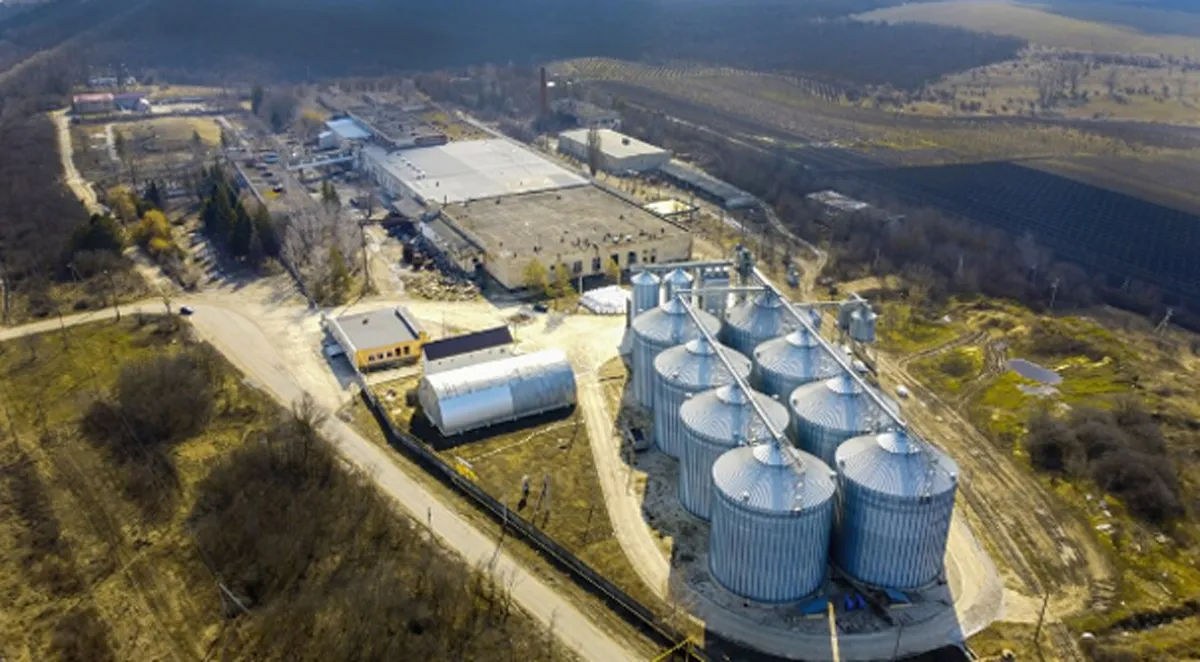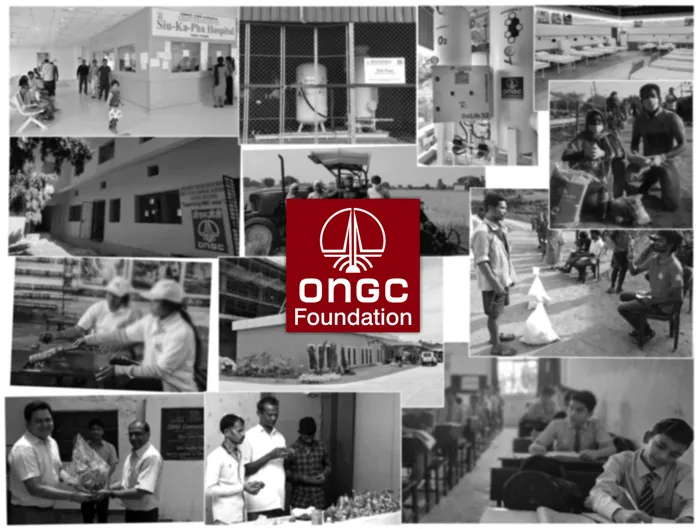Cement plants have restarted their operations after shutting down to comply with the Government's nationwide Covid-19 lockdown order. Now, it appears that there is no surprise if cement companies may force to stop the kiln/s once again due to lack of demand in the days to come. The cement companies are estimated to be sitting on large amounts of unsold cement/clinker stocks that should be enough to meet market demand for over months together!
The nation-wide lockdown amid the outbreak of Covid-19 will have a significant near-term volume impact on the cement industry. Cement volumes had been growing at 10 to 12 per cent YoY in east and 4 to 5 per cent YoY in the west and central regions. Cement dispatches have been stopped completely post March 21, and all major cement plants are shut thereafter. Moreover, all construction sites have stopped work following the Union home ministry guidelines. Dealers claimed that volume loss from the lockdown is estimated to be around 40 per cent in March and 60 per cent in April.
The shutdown has come at a time of peak construction activity. Once the lockdown is over (currently May 17), it is expected that it would take another 10 to 15 days before construction activity normalizes as most of the migrant labor force has gone back to their hometowns.
For companies as well, it would take two to three days to fully ramp up the plant post restart. Some volume push is likely only from May end, volumes lost during the lockdown period can’t be recouped. Companies would also be holding some inventories in plants and warehouses. Since cement has a shelf life of two-three months, there should not be any loss from the same for both dealers and companies.
Dealers generally provide unsecured credit to customers in this segment, which generally makes up for 60 per cent of volumes. While 70 per cent of the customers who buy on credit make payment within three to five days to avail cash discount, others avail full credit period of 30 days. Once the lockdown is lifted, dealers may have to extend additional credit of 10 to 15 days to customers for making payment, thereby increasing working capital.
In order to give relief to dealers, companies have communicated that they would consider the sales made till March 21 on a pro-rata basis to calculate the monthly incentives.
Cement prices have been buoyant this quarter with all-India average price up by Rs 13/bag QoQ in 4QFY20 (+3.5 per cent QoQ and +5 per cent YoY), which bodes well for margins. Region-wise average QoQ price hikes in 4QFY20 — East: Rs 20/bag, +6 per cent QoQ, +5 per cent YoY; north: Rs 15/bag, +4 per cent QoQ, +16 per cent YoY; south: Rs 3/bag, +1 per cent QoQ, -4 per cent YoY; west: Rs 13/bag, +4 per cent QoQ, +4 per cent YoY and central: Rs 9/bag, +3 per cent QoQ, +9 per cent YoY.
Given increased working capital and no revenue currently, dealers have sought relief from bankers toward interest payment, credit limits. Moreover, while cash inflows have stopped, fixed costs shall continue to be incurred by dealers on account of rent and staff salaries, creating a further liquidity stress.
Factors that may affect demand for cement in the upcoming quarters
While the Central Government has permitted the cement industry to restart their production activities, its consumption may remain impaired in the backdrop of the extended lockdown for the building activities. Housing sector accounts for nearly 55 to 70 per cent of the cement consumption followed by infrastructure developments. However, limited respite to the construction businesses may dampen the overall demand for the raw material.
Workforce disruption and upcoming monsoons: According to some business Research and Advisory, consultants, “The building sentiment may remain the same or pick up only gradually, that too, around the last quarter of 2020. This is primarily because the majority of the construction labourers have returned to their homes and might be reluctant to join work even after the impact of the virus subsides. This is in line with the usual trend around this time of the year when labourers return to their villages since April and May is the harvesting period.”
The upcoming monsoon period may also impede the flow of construction activities. Since flooring, plastering and masonry works are hard to accomplish during monsoons, developers suspend the building works temporarily and labourers either return to their native places or undertake temporary jobs. Overall, the labour force disruptions coupled with the upcoming monsoons may take a hit on the housing sector, and the cement acquisition may continue to be on the backburner.
Lack of funds: The heightened financial challenges in the realty market may also act as a deterrent for the cement industry. For instance, many developers expecting high sales on Gudi Padwa and Akshay Tritiya scheduled their new project launches around these festivals to keep their businesses afloat in the ensuing quarters. However, the Covid-19 induced self-isolation impaired the home buying sentiment and posed severe financial implications, especially for developers with weak balance sheets. Many builders even deferred their new project launches until the situation improves. The postponement of new developments also indicates the lower cement consumption in the quarters to come.
Uncertainties in the job market: In the backdrop of the existential predicament, the prime focus of potential homebuyers is on saving for the future than undertaking hefty financial liabilities. Therefore, the residential sector may take a hit, directly impacting the cement industry. Barring affordable housing projects, demand in mid-segment and premium housing projects may continue to tread slowly. Infrastructure developments may also feel the heat due to limited reserves with the Government amid the economic slowdown.
The robust revival is likely to happen only in Q3 2020-21. However, this majorly depends on India’s ability to contain the virus at the earliest. The reverse migration of workers since the government announced the lockdown to contain the Covid-19 outbreak is a serious issue for labour-intensive sectors such as real estate. Also, with basic support from the government for three months, many interstate migrants may not return to work anytime soon. This may be bad news for homebuyers as shortage of labour can delay the completion of under-construction projects. Ashwini Kumar Sharma asks experts how much delay this can cause and how Covid-19’s impact on the economy and personal wealth of buyers will affect the sector, especially the residential segment.
Impact on real estate industry
Given the stalled real estate projects and delayed infrastructure developments, the cement industry in India has experienced a massive hit post the Coronavirus outbreak and the ensuing lockdown. While the Government’s permission to restart the cement production on rotational basis would improve the raw material’s supply in the country, its demand is unlikely to gain pace with no relief announced for the construction activities.
The Real Estate (Regulation and Development) Act, 2016 (RERA) provides for a one-year extension in project execution timelines, in case of events beyond the promoter’s control. So regulatory risks are reduced in case of a short-term disruption.
However, the ability and willingness of the migrant labour to return to work in an uncertain environment remains to be seen. Their decisions would be driven by the extent of pandemic-related fears, as well as ease of mobility after the lockdown is lifted.
In case the dearth of labour is prolonged, the impact on project timelines and costs could be more severe. Besides affecting profitability, the slowdown in execution will have a considerable impact on project collections. New sales will also be hit, given the increasing preference of homebuyers for near-complete and completed units. This adverse impact on inflows could further affect developers’ ability to execute projects, and may result in a vicious cycle.
Footnote:
The article is authored by Dr SB Hegde, Head - Production and Quality Control of Udaipur Cement Works, (A Subsidiary of JK Lakshmi Cement Ltd.) Rajasthan.




















